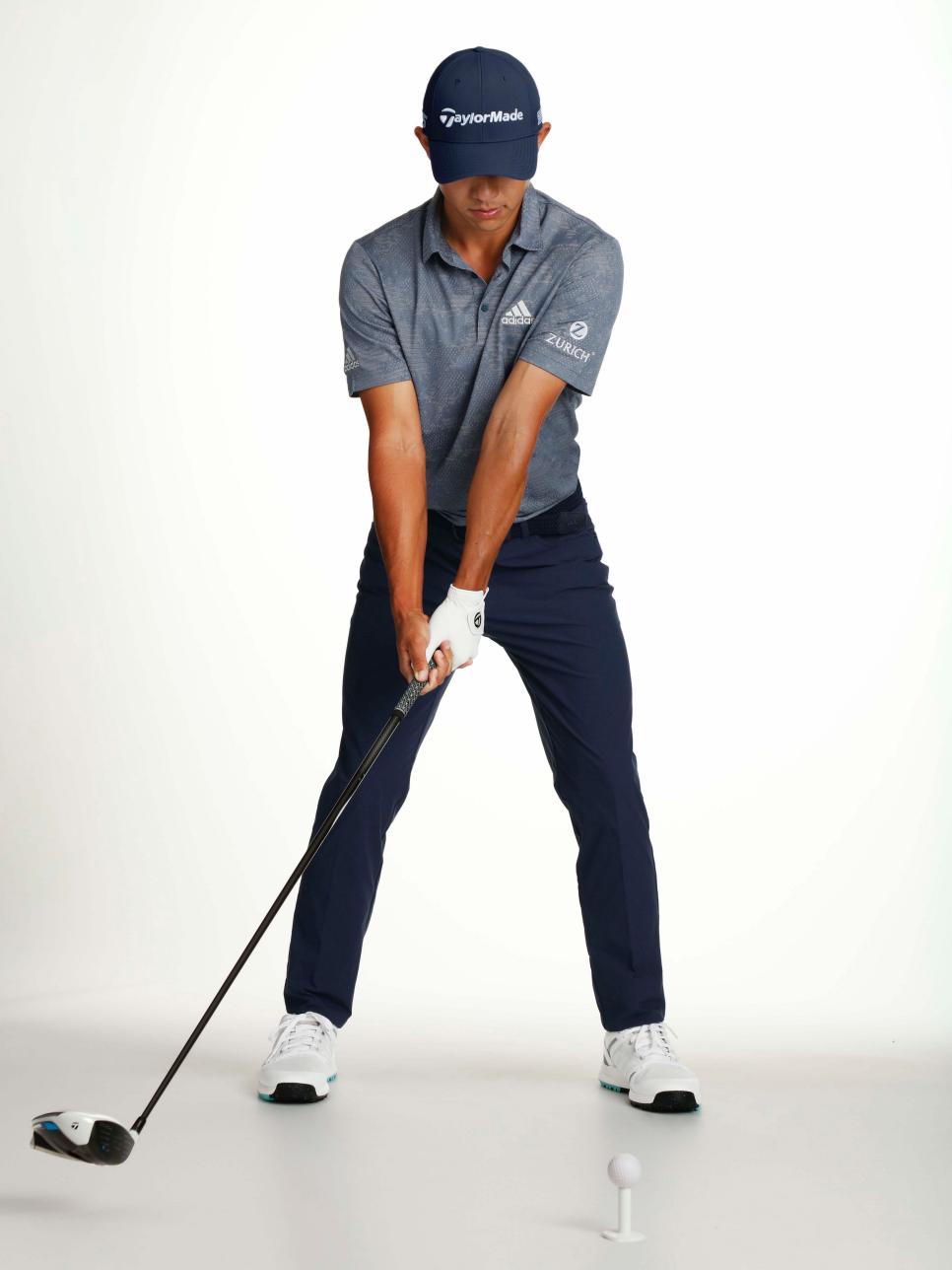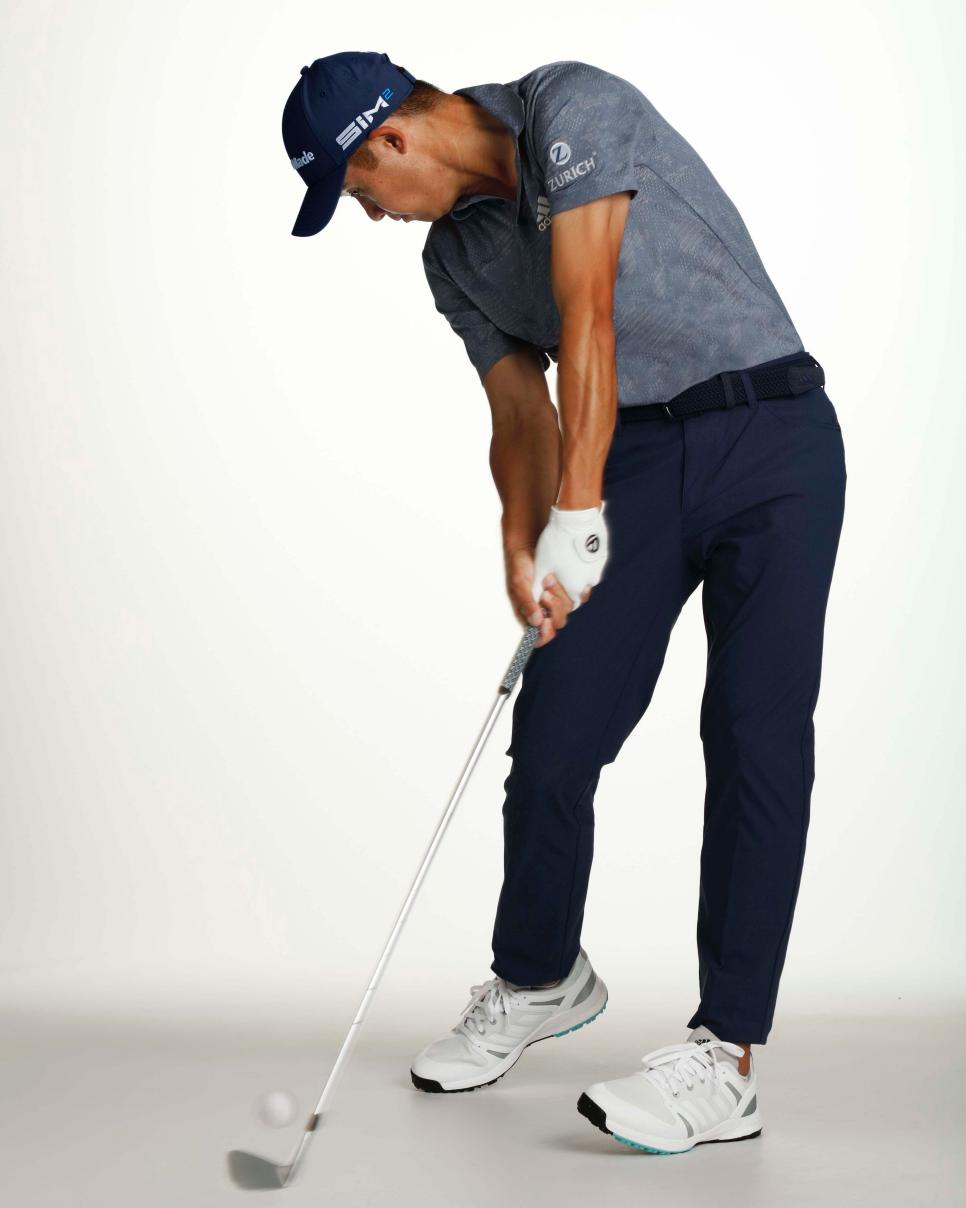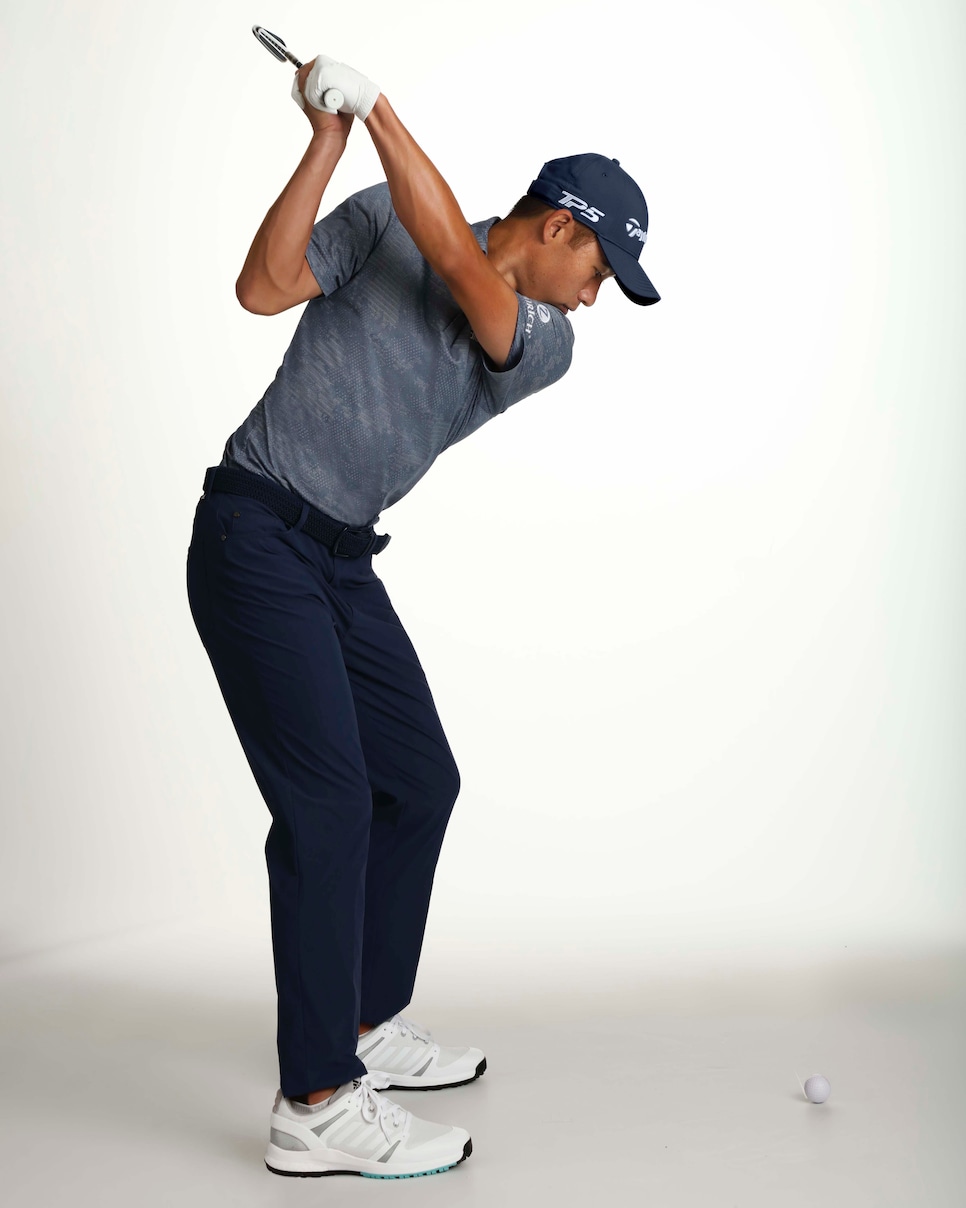| |||||
| TIP OF THE DAY | |||||
|
APPROACH SHOTS
Collin Morikawa's best tips for being a better ball-striker
There are so many things golfers can learn from Collin Morikawa, which is why we're proud to call the young star our new Golf Digest Playing Editor. The 24-year-old has been successful at every level—including an illustrious amateur career, earning his PGA Tour card in just two months after turning pro, then his incredible 22-event stretch without a missed cut to start his PGA Tour career, three shy of Tiger Woods' record. He has since proven his career is on track toward rareified air after his final-round 66 at the Open Championship, his second major title.
Morikawa's short-game improvements were a huge part of how he won at Harding Park and Royal St. George's, but with Morikawa, his ball-striking prowess is most eye-catching. Last season, Morikawa ranked second on tour in strokes gained/approach, trailing only Justin Thomas. He was 19th in strokes gained/off the tee, too.
So we asked Morikawa to share some of his best lessons for improving your ball-striking. Read on for more.
1. FIND YOUR RHYTHM, THEN OWN IT

Everyone swings with different rhythm, but the important thing for good ball-striking is to stick with your rhythm. I have a pretty deliberate takeaway—the club moves low and slow off the ball (above) and doesn’t pick up much speed until my transition into the downswing. But with this unhurried tempo, the tendency under pressure is to get quicker and out of sync. To keep that from happening, focus on the beginning and the end of the swing. Start with a smooth takeaway and finish in balance. If you can do both, the middle part should fall into sequence perfectly. It worked for me on Sunday at the PGA Championship, when I drove the par-4 16th and made an eagle to help win my first major.
2. KEEP GOING AFTER IMPACT

Thinking about getting into the right finish position is a great way to tap into your athleticism and swing through the ball—to keep going after impact (above). I play a cut 95 percent of the time, but I’m able to hit draws when I need to. There are many ways to shape shots, but for me, it’s always been simplest to work backward: I focus on the finish. For my stock cut, I’ll finish with the shaft of the club somewhat horizontal behind the middle of my head. For a super high fade, I’ll finish with my hands way up over my head. For a draw, I’ll feel like I’m wrapping the club more around my shoulders and neck. I’m at my best when I’m in a creative mind-set, and this method lets my body intuitively react to that.
3. BORROW FROM YOUR PLAYING PARTNERS

I still have room to improve in so many parts of my game—particularly with the wedges and putter. I’ve been lucky to have had early successes on tour, so I get some good pairings in tournaments. And when I’m playing with the big boys, I always make an effort to watch what they do well. When I play with Tiger, I feel like my iron shots—like this soft three-quarter wedge (above)—get better. When I play with Adam Scott, I pick up things on how to carry myself and manage my way around the golf course. The takeaway: If you notice one of your playing partners does something well, take a close look at what exactly they’re doing, and see if you can apply it to your game.
4. TRY MY DRILLS TO IMPROVE YOUR BALL-STRIKING

I have two drills I use often. The first is, I’ll hit little punch shots with an iron, keeping both feet planted throughout the swing. It’s a great way to feel what’s happening through the hitting zone and identify any issues. The other drill is, I put a glove under my left armpit and make a swing trying to keep it from falling. I have a tendency to just pick up the club on the backswing rather than turn. This causes my arms to get away from my body and results in a wipey pull-fade that curves more than I want. If I turn properly and keep everything connected (above), the consistency of my ball-striking is so much better.
5. THINK YOUR WAY AROUND THE GOLF COURSE

Walter Iooss Jr.
Since I was a kid, I talk with my coach Rick Sessinghaus about nearly every round. We go through all the shots to decide if I made the right decisions to put myself in a position to succeed. You would be surprised just how many bogeys are made from a flawed thought process. At the U.S. Open last year, I didn’t play poorly, but three bad decisions in the opening round caused me to miss the cut by one. Try taking an honest look at your rounds and ask yourself, Were my mistakes the result of poor execution or bad decisions? You can live with bad swings because that happens in golf, but you’re in total control of decision-making, and it’s such an easy thing to improve.


No comments:
Post a Comment